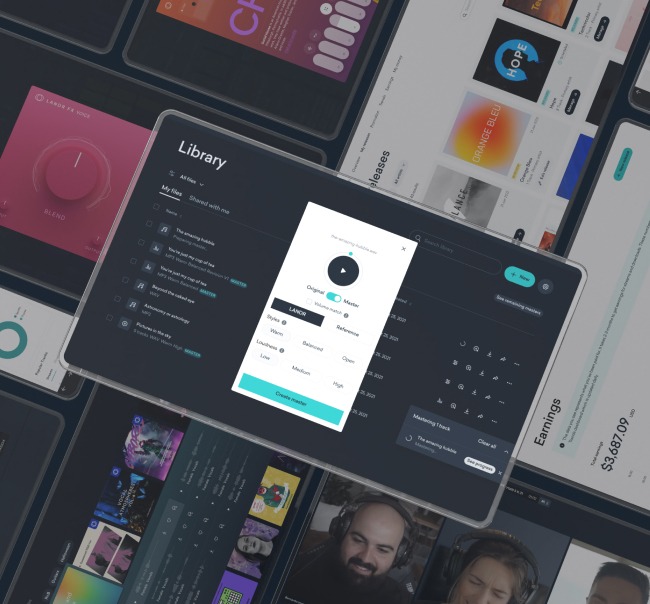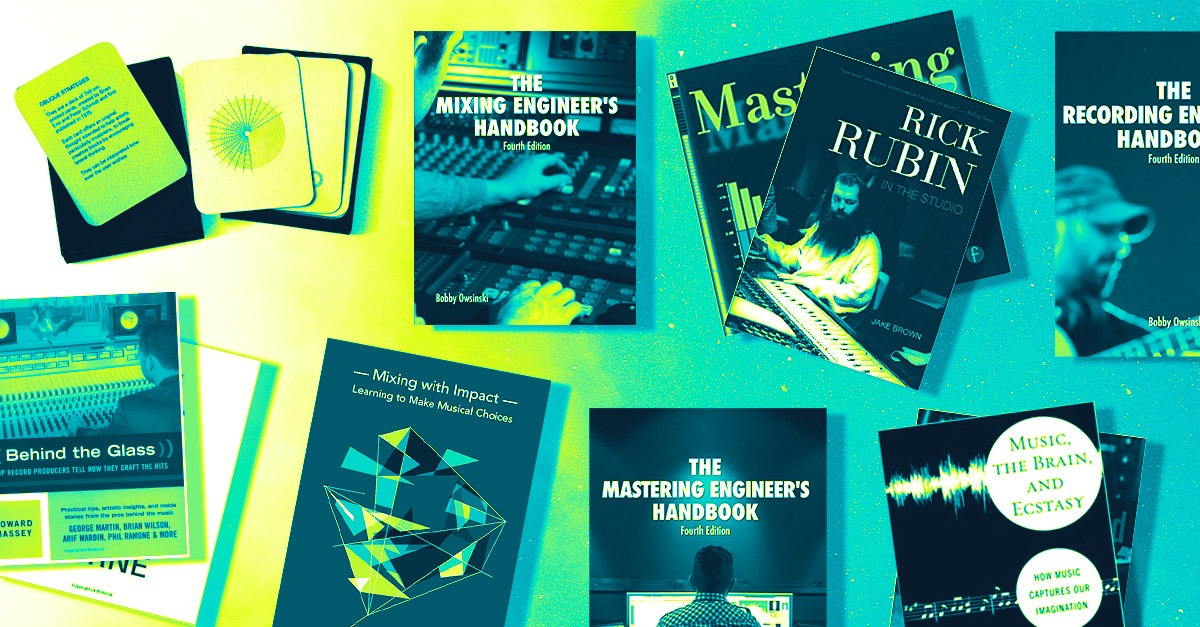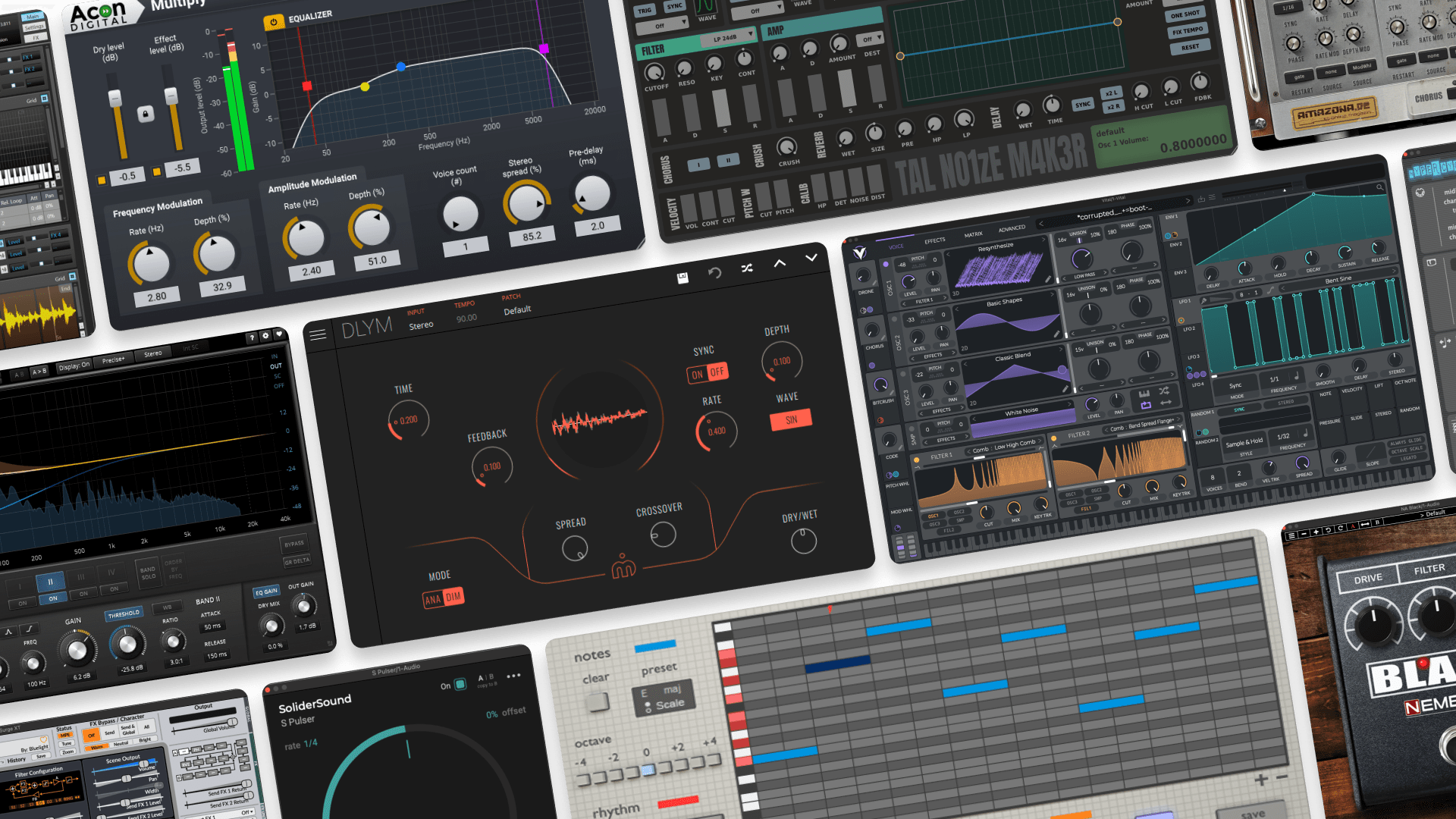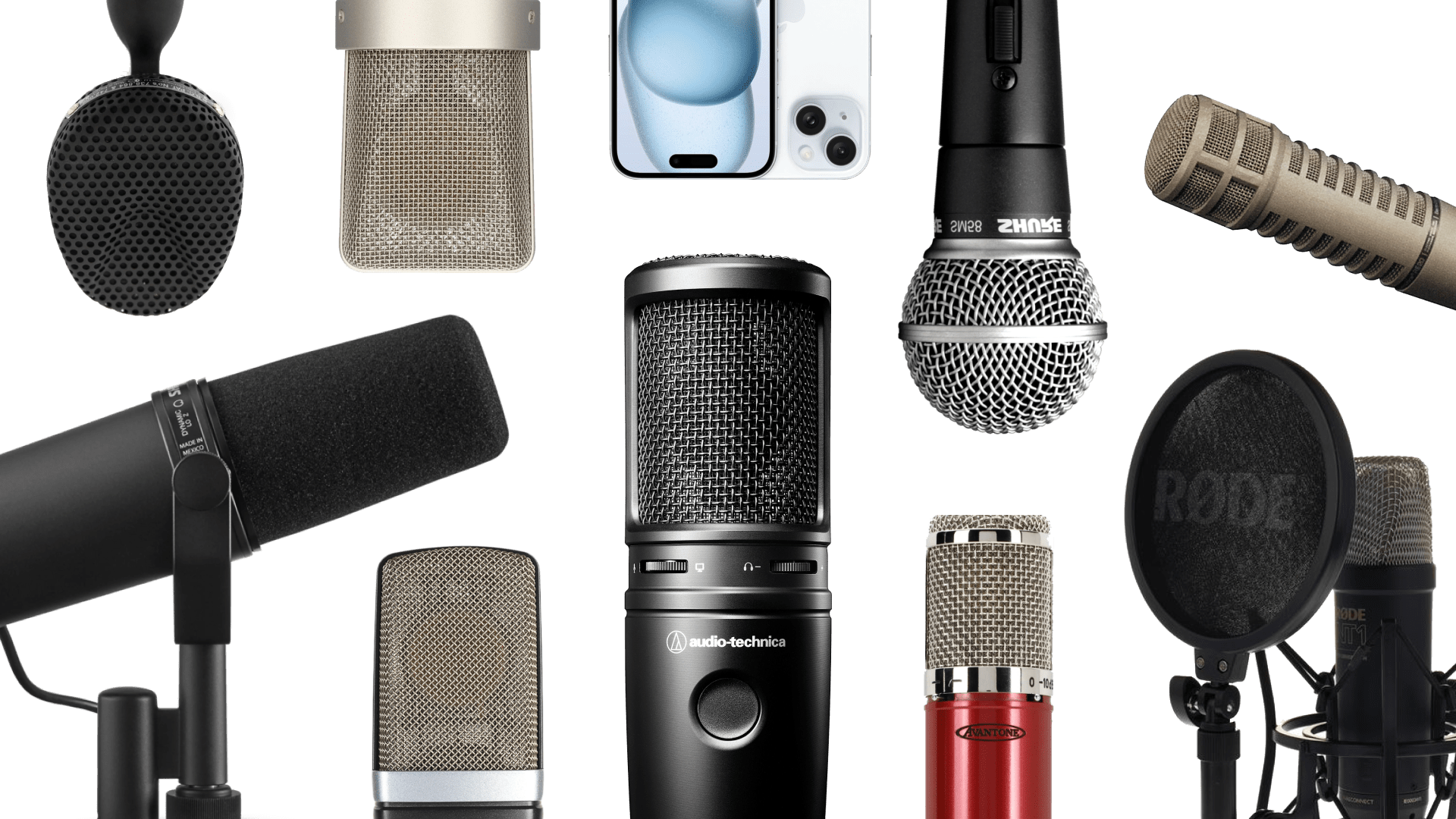Producción Musical: Todo lo que Necesitas para Comenzar
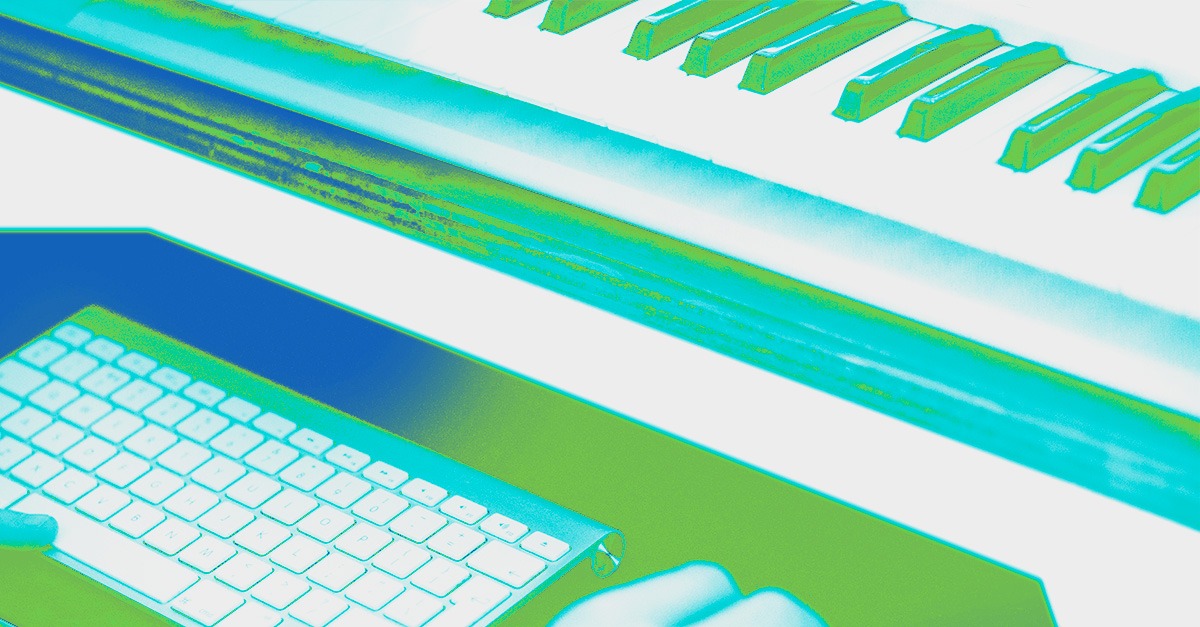
La producción musical es el proceso detrás de cada pista en tu librería.
It covers every phase in the creation of a song from writing to the final master.
But music production is a practice that can form the basis of your creative workflow as a musician.
It’s never been easier or more accessible to start producing music.
But there’s so much to learn that getting started with music production can feel intimidating.
In this article I’ll go through everything you need to know to understand the basics of music production and get started as a music production.
- What does a music producer do?
- Music production equipment
- Producing music in a DAW
- Songwriting and composition
- Sound design
- Samples, plugins and MIDI
- Sound recording
- Mixing music
- Mastering
What is music production?
Music production is the process of developing, creating and refining recorded music for public presentation. Music production can refer to the entire lifecycle of a piece of music—from songwriting and composition to recording and sound design to mixing and mastering.
Despite the broad definition, every workflow in modern music production has one thing in common—digital tools.
Thanks to today’s technology, music production is more accessible than ever before.
For the lowest price in history any musician can set up a home studio and get started producing music.
Here’s all the basic information you need to start producing music.
Johnny nos cuenta sus consejos para comenzar.
What does a music producer do?
A music producer can have several different roles depending on the genre of music and the type of workflow.
In the traditional recording process, a music producer acts in a similar way to the director of a film.
They create a vision for the material and advise the musicians artistically on how to realize it.
During a recording session the producer acts as a coordinator and provides organizational help. They also offer creative input and notes on the musicians’ delivery and the technical choices made by the engineer.
But the term producer has come to mean a wider range of duties in other genres.
In R&B and hip-hop, the term producer most often refers to the person who created the beat the artists are singing or rapping over.
In EDM the words producer and artist are often used interchangeably, with most artists producing their own material.
Today more and more artists are opting to self-produce, even within traditional genres like rock, indie or singer-songwriter.
No matter which combination of these roles describes you best, if you’re using a DAW to create or record—you’re a music producer.
With the basics out of the way, let’s get into the pillars of music production you need to know to get started.
1. Music production software and equipment
To produce music you’ll need music production software and a few main pieces of equipment.
Don’t worry—music production setups can vary a lot. You don’t need tons of expensive gear to get started as a producer.
But you will need a handful of key pieces. I’m talking about equipment like a computer, DAW and something to listen to your sounds.
I could list everything individually, but if you want the best advice for building a music production setup with any budget, go check out our Home Studio Guide.
Once you’ve got the basics of home studio, there’s some other production tools you can add, depending on what suits your workflow.
Many producers create entire tracks using only their DAW—but just as many others prefer the tactile experience and hands-on control of hardware.
Synths, drum machines, grooveboxes and effects pedals are fun and inspiring equipment to add to your setup.
Esenciales de producción musical
Equipo básico para hacer música.
2. Producing music in a DAW
Your DAW is the digital home for your music production.
In a traditional recording studio, the DAW would be the tape machine—but it’s so much more that.
Your DAW is the perfect environment for every step of your music production workflow.
Many producers prefer to write in their DAW by creating loops and clips of their ideas on the fly.
Structuring isolated fragments into full arrangements is one of the biggest strengths of a DAW-based songwriting workflow.
And mixing has never been easier than with a DAW and plugins.
However you use it, the DAW is where your inspiration and workflow collide, and the production process takes place.
Curso intensivo de DAW
Consejos básicos para escribir música en el DAW.
4. Songwriting and composition: create a song
Some songwriters produce. Some producers write songs. The boundary between artist and producer isn’t always a bright line.
That means knowing the basics of songwriting and composition is important for modern producers.
The producer often has to make tough decisions when something isn’t working. Is it the mix? Or the arrangement?
Is it the parts, or the tones? Or the effects? Is this song boring, or does it just have the wrong song structure?
These are the types of questions an experienced producer should be able to answer.
To help you develop these skills, we put together an exhaustive list of resources for producers looking to learn songwriting, arrangement and music theory in general.
Guía de composición
Construye la confianza necesaria para escribir tu primera pista.
Matt da consejos expertos sobre cómo mejorar el tono del sintetizador.
5. Sound design: Build the sound you hear in your head
Sound design is how you create the tone and texture of the sounds in your music production.
It can refer to anything from crate digging for samples to designing synthesizer patches to experimenting with effects chains.
Any method you use to arrive at the unique sound palette you use in your sessions can be considered sound design.
With such a broad definition it can be hard to know where to start. But sound design is one of the most crucial steps in music production.
The type of sounds you use in your music define the unique identity of your tracks.
One way to make sense of sound design is by starting with the workflow that inspires most and go from there.
That’s why we put together the essential sound design resource for all production styles.
Diseño de sonido 101
Modela el sonido con estas guías detalladas.
6. Samples, plugins and MIDI: Your digital sound tools
Your DAW is your studio centerpiece. But the digital tools you use inside it are just as important in your music production workflow.
MIDI is the language that lets you communicate music in the digital world. It’s the information you enter in the piano to control your synths, samplers and drum machines.
It’s the data your MIDI controller sends when you hit a key, strike a pad, turn an encoder or press down your sustain pedal.
Plugins are the virtual instruments and effects that create tones and textures in your mix.
Your DAW comes with a completely functional set of built-in plugins, but there’s a whole world of exciting plugins out there. Some are even available completely free.
Building your own unique set of inspiring plugins is part of developing your palette as a producer.
Last but not least, samples are snippets of audio you can use in your productions in any way you see fit.
These audio puzzle pieces can be anything from individual drum hits or short instrumental melodies to entire tracks or rhythmic loops.
Samples are used in almost every genre of music you can think of—they’re one of the most inspiring parts of being a producer.
Cómo usar samples
Los altibajos de usar contenido encontrado.
7. Sound recording: Capture the world around you
Recording audio tracks is another massive pillar of music production.
Some producers’ entire workflow is based on recording and manipulating audio tracks. This production style is common for bands, singer-songwriters and acoustic music.
But producers of all genres often have to deal with recording the traditional way with microphones—especially if they have vocals in their tracks.
Getting a great sound by recording with mics is a big challenge, but it’s not impossible.
In fact there are a few ways to make sure that your recorded sound is the best you can possibly make it
Dive into our resources for how to record music and audio:
Grabación 101
Sumérgete en el arte de capturar sonido en vivo.
8. Mixing music: Blend your sounds together
Mixing music is the art of taking recorded tracks and blending them together to create a balanced sound where all the elements sound pleasant and can be heard clearly.
It’s the process in music production that makes your raw tracks into a coherent whole that’s satisfying to hear and easy to understand.
The main tools used during the mixing phase of music production are EQ, compression and reverb.
Applying these processors musically is the key to creating a great sounding mix.
Mixing can be difficult and takes a long time to learn well.
But once you get familiar with the basic concepts, you can start taking control of how the tracks in your session interact.
Junta el sonido con confianza
Orientación para todos los diversos aspectos de la mezcla.
9. Music mastering: the definitive version of your song
Mastering is the final step in your music production process.
It’s the phase where your mix gets the final polish and presentation for how your listeners will actually experience it.
The purpose of mastering is to balance the sonic elements in a stereo mix and optimize playback across all systems and media formats.
Music has never been available in more formats and devices than today.
It doesn’t matter if you’re mixing in a million dollar studio or tracking in less than ideal conditions, you still need the final quality check of mastering.
This step ensures that your sound will be heard the way you intended it to be.
It also provides the glue that gives an album consistent sound across all tracks. Without mastering, individual songs can sound disjointed in relation to each other.
Mastering is a crucial part of the music production process, but it doesn’t have to be scary.
Check out our suite of resources to learn everything you need to know about mastering.
El último paso en la producción musical
Aprende qué se necesita para crear un master terminado.
Production environment
Music production is more accessible than it’s ever been.
That means that there’s never been a better time to dive in and start learning how to produce music.
Use the resources in this guide to start your journey with music production.
Guías de equipo, consejos, tutoriales, inspiración y más, entregados semanalmente.
Mantente al día con el Blog de LANDR.
